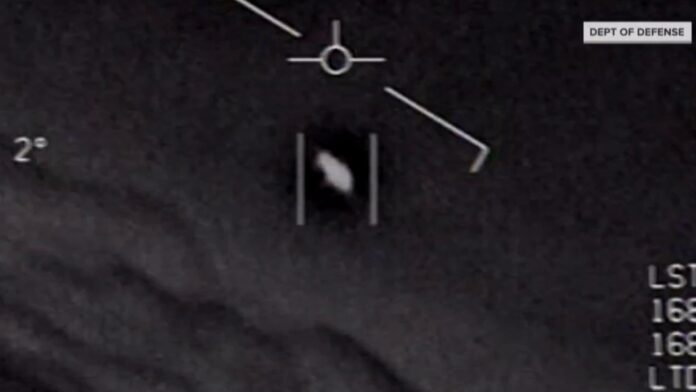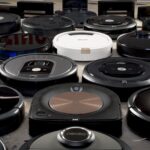We are no longer supposed to call Unidentified Flying Objects UFOs. In a recent report by the U.S. military, the phenomena are now to be referred to as Unidentified Anomalous Phenomena (UAPs). Supposedly, the new acronym turns the subject into something beyond fantasy and fiction into serious science.
The fact that the U.S. House of Representatives recently held a hearing about UAPs expressed concern that the unknown phenomena could pose a threat to America or even the rest of us. Hence, the hearing.
Not to be outdone, NASA, the civilian U.S. space agency, has joined in the discussion having recently filed an independent report. Of course, getting NASA involved in something we believe might be coming from outer space would make sense considering the vast panoply of observation satellites, the International Space Station, and other agency earthbound hardware that studies the skies.
In its report, NASA notes that current UAP data is hampered by poor data collection and a lack of sensors with spatial recognition capable of making hazy observed phenomena a lot clearer. After all the Agency has been equipped with an inventory that is “a potent mix of Earth-observing satellites that offer imagery at sub- to several-meter spatial resolution, which is well-matched to the typical spatial scales of known UAP.” In addition, NASA has “state-of-the-art computational and data-analysis techniques” and is “well-positioned to play a leading role.”
Considering what should and should not be a NASA priority, and budgetary challenges, one wonders why the Agency would engage in the UAP exercise. The rationale is that NASA will give legitimacy to the search and reduce the stigma associated with UAP reporting.
The NASA report states, “The threat to U.S. airspace safety posed by UAP is self-evident.” But is it? Has any reported UAP sighting led to an airplane crash or interference with rocket and satellite launches? One would think that if we were dealing with a real out-of-this-world safety threat, sightings would be happening at locations where our space infrastructure exists. But that is not the case. Instead, we have eye-witness reports and images like the one seen at the beginning of this posting. What Neil deGrasse Tyson, the astrophysicist, calls “fuzzy TicTacs.”
NASA’s UAP study team for its latest report includes 16 experts with backgrounds in science, technology, data, artificial intelligence, space exploration, aerospace safety, media, and commercial innovation. Its initial assessment clearly states that legacy UAP sightings and data have little value. Instead, NASA’s involvement should focus on future sightings with UAP-specific monitoring technology.
At the same time, NASA is encouraging public engagement to report UAPs with the calling for a crowdsourcing system and campaign with open-source smartphone apps to gather images and other citizen-based observations. It appears NASA is unaware of Enigma, an already existing smartphone app designed to record UAP sightings.
The Agency also wants to partner with the Federal Aviation Administration (FAA) to do real-time analysis focused on UAP data gathering to create a future generation of air traffic management systems. I gather that the goal is to guide UAPs to help them on their flight paths.
Neil deGrasse Tyson questions the reliability of sightings noting that “eyewitness testimony is some of the lowest form of evidence you can bring to a scientific conference.” The congressional hearing received testimony from pilots and people deemed to be reliable eyewitnesses. None of these eyewitnesses, however, were using tools and methods of science to reinforce what they had seen, recorded, or experienced. It is this lack of technology specific to UAPs that Tyson questions stating he wants better data.
He goes on in a recent interview stating, “We have 6 billion smartphones in the world, and at any given moment, there’s a million people airborne with a window looking out into the atmosphere. And everybody has a high-resolution camera, video and stills. And all we have is a fuzzy Tic Tac and some other fuzzy images.”
Some final observations about the pursuit of UAPs:
- If UAPs are a technology designed to spy on the U.S., then the Department of Defense (DoD) is where the effort and money should be spent.
- If UAPs are visitors from remote civilizations, the technology to get them to the vicinity of Earth would so far surpass us that I doubt we would ever figure out what and who they are.
- If UAPs are visits from humans from the future, then we need to understand physics at a level far greater than we know today.
To me, this is not where NASA money should be spent. I propose an alternative, a crowdfunding campaign to raise money in support of this pursuit.
Or as an ultimate absurdity, maybe Congress should hold hearings to verify the claims of Congresswoman Marjorie Taylor Greene who has stated that Jewish space lasers are being used to melt the polar ice and wreck White Christmases for the future. And if Congress isn’t game, maybe NASA could pursue this and file a report.








